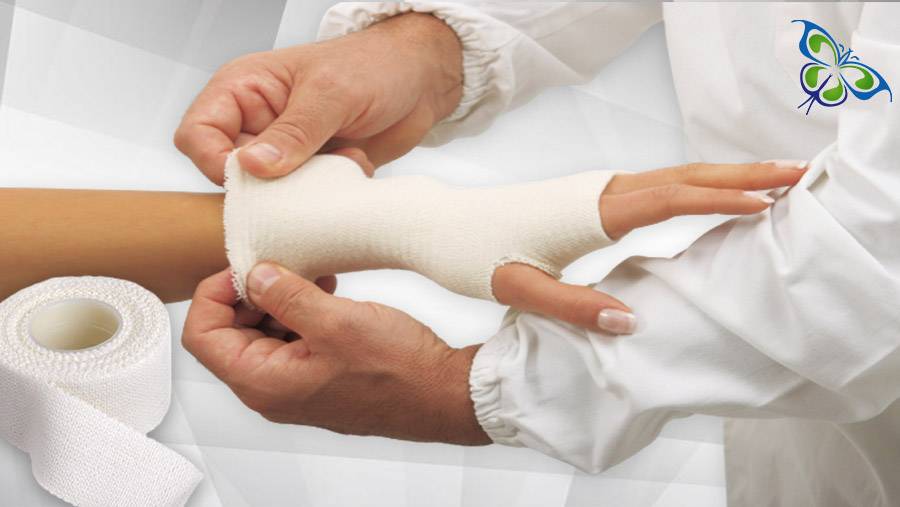
Hello
Select Address

Bandages are the basics when it comes to wound healing. Bandages are of four main types: gauge, compression, triangular and tube. Gauge bandages are most common among these.
Tubular bandages are also called Tubigrip. These are knit bandages woven for cylindrical parts of the body. The purpose of this bandage is compression and is used for healing sprained, or injured tissues. It also serves the purpose of holding a dressing in place.
Tubular bandages are made either 100% lightweight cotton or non-absorbent synthetic materials. They are elastic or inelastic.
Tubular Bandage Sizes:
Tubular bandages come in varied sizes based on where we are wearing them. It comes in sizes for infants, small sizes and as well as adults. Some are thigh sized, some limb sized, and few are finger sized.
What are the purposes of a Tubular Bandage?
- Tubular Compression bandages are used to put effective pressure on the tissue in the injured area. Several people use these bandages to secure post-burn scars and injuries.
- Tubular support bandages normalize blood circulation and reduce pain. It treats abnormal vein functions.
- Tubular bandages for legs are sometimes prescribed by doctors after knee surgery for the healing process.
- Tubular bandages can be used to secure wounds as well, only the bandage must be cut to the perfect size.
- Tubular bandages provide 360-degree compression without restricting movement and can be used to reduce edema.
- Tubular bandages for toes provide cushioning and prevent the toes from rubbing against each other. It gives relief from toe irritation and blisters, ingrown nails and infections.
What is Tubular Dressing Retainer?
A tubular dressing retainer is used to hold the dressing, medicine, and other medical devices in place without causing discomfort to the patient. It is made in different designs, like vests, for elbows and knees, for limbs, fingers, and toes.
How tight should a tubular bandage be?
The bandage should be firm enough to provide the perfect amount of compression to reduce swelling or treat dysfunctional blood circulation, and at the same time, it should not be too tight to cut off circulation and cause more swelling.
Should you wear a tubular bandage overnight?
You can wear a tubular compression bandage for an entire day, but it should be removed at night. One should consult the doctor for wearing a tubular bandage overnight.
What should be taken care of while wearing a tubular bandage?
While wearing a tubular support bandage, some may experience numbness. Subtle pain and pinching sensations can be alarming and the tubigrip should be removed immediately. If discoloration is noticed in the fingers or toes, tubular support bandages should be removed under the supervision of medical personnel.
• Handwash your bandages every 2-3 days to restore its elasticity.
• Tubular bandages should be washed in hot water with a mild detergent without using bleach or a softener
• Do not wring or twist the bandage when it is wet.
• Tubular bandages should be replaced every 4 to 6 months.
Can a Tubular Support bandage cause swell?
Tubular bandages are meant to reduce swelling in body parts when firmly worn around the affected area. However, if not properly worn, or worn too tightly it can cause swelling.
Tubular bandages are a part of a first-aid box as it soothes muscle cramps. It is important to know its proper usage, the pros and cons and how harmful can it be when worn in the wrong way.